October 29, 2025
Data Shows Endangered Palau Ground Doves Swiftly Recovering After Successful Palauan Island Conservation Effort
Astounding evidence of recovery on Ulong Island in Palau after just one year!
Published on
May 13, 2016
Written by
Sally Esposito
Photo credit
Sally Esposito
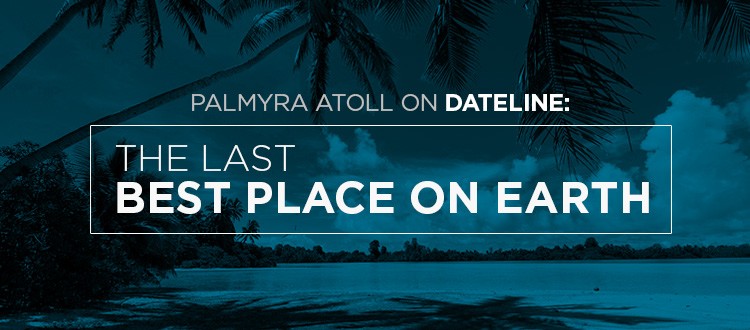
Dateline correspondent Harry Smith takes us to a Pacific island so protected and pristine that TV news cameras have never been there and so fragile that he and his team had to rid their clothes of invasive microbes by sealing and freezing them before setting foot on its shores…
Palmyra Atoll provides essential nesting habitat for millions of seabirds in the Pacific. But, for decades, the atoll was overrun by invasive rats which ate the seabird’s eggs and chicks, as well as native seeds and seedlings. Following removal of invasive rats in 2011, today the atoll’s native plants and animals are recovering and Palmyra is returning to the haven it once was.
On Sunday, May 15, join NBC’s Dateline as they visit Palmyra Atoll and document this remote wildlife refuge for the first time ever.
It’s a tiny little speck in the Pacific, 1,000 miles south of Hawaii. It’s basically a marine wilderness,” said Dateline NBC correspondent Harry Smith, who joined a group of less than 100 people who have stepped foot on the atoll in the last 15 years.
The Palmyra Atoll Restoration Project was a partnership between the U.S. Fish and Wildlife Service, The Nature Conservancy, and Island Conservation. You can learn more about this incredible project here.

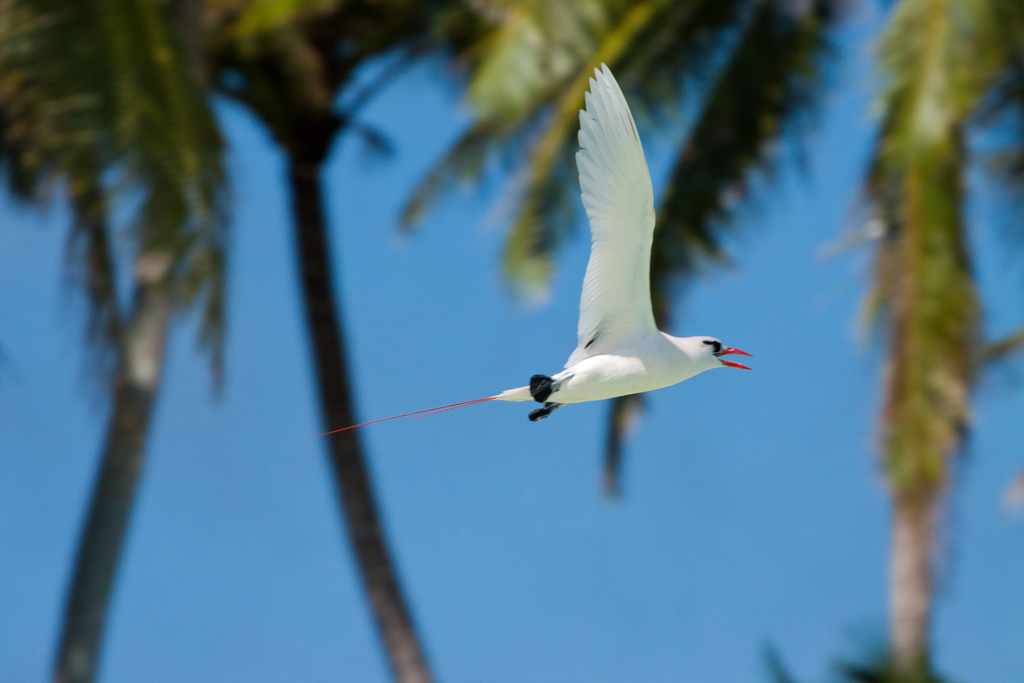
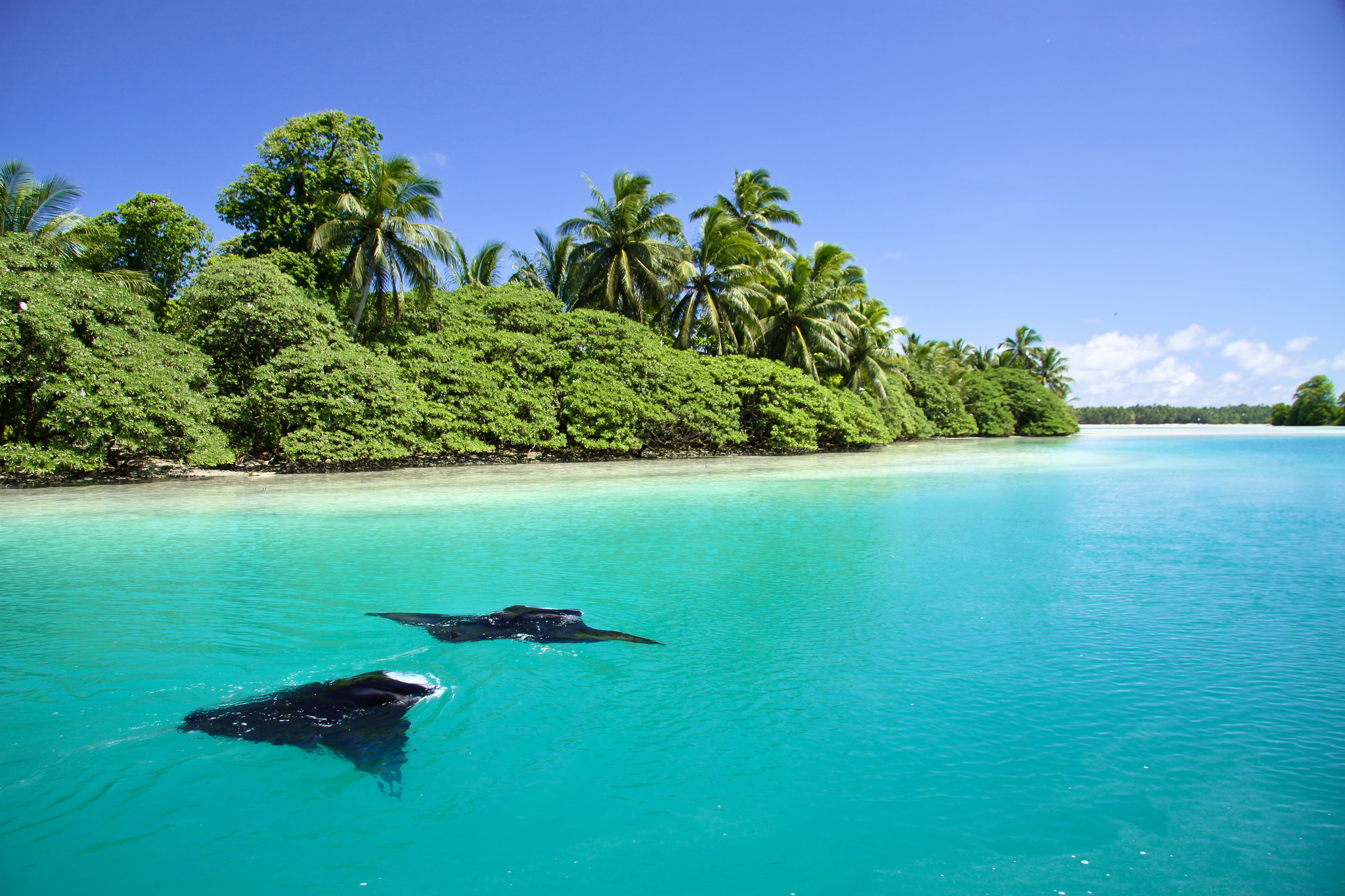
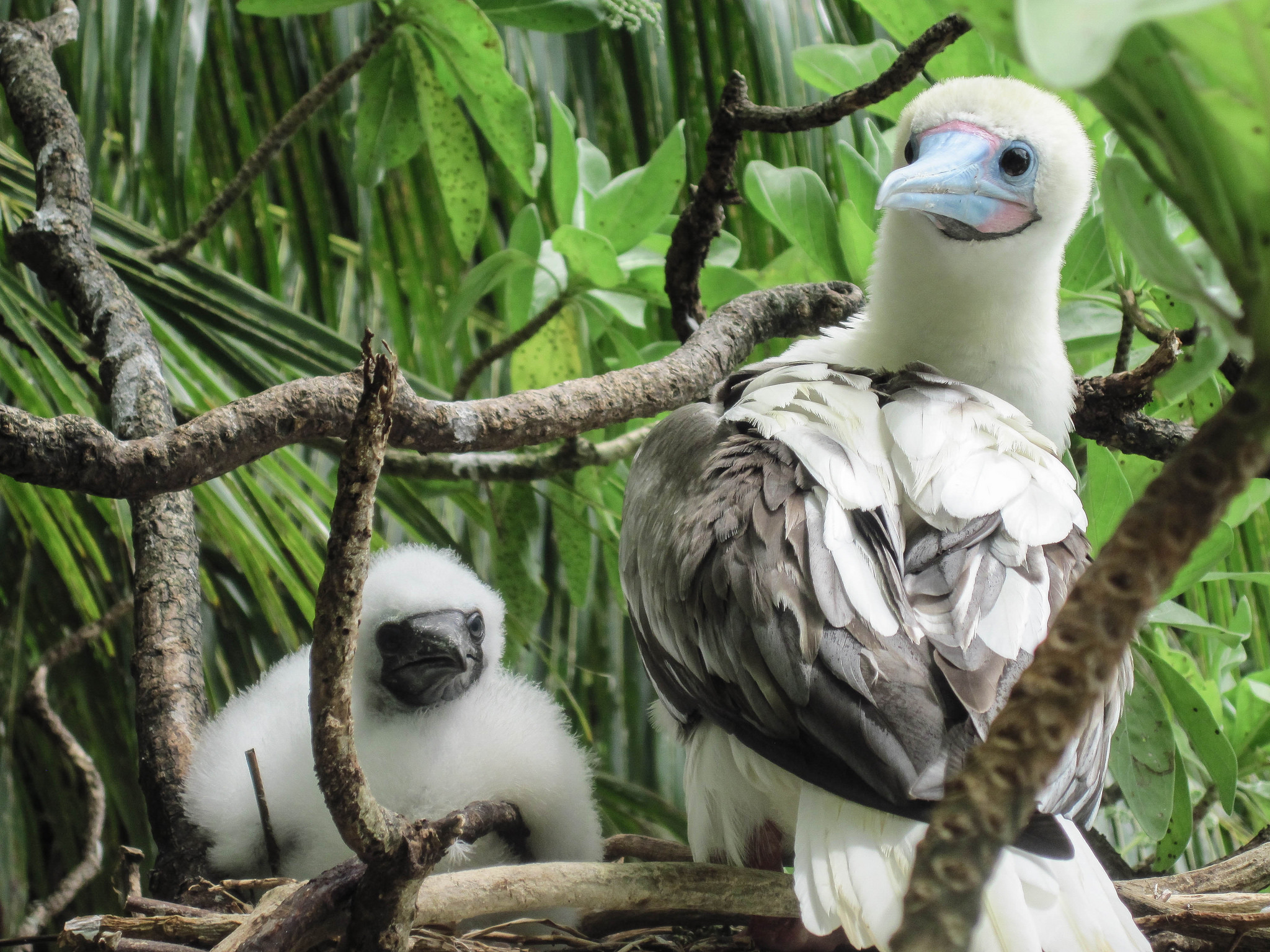

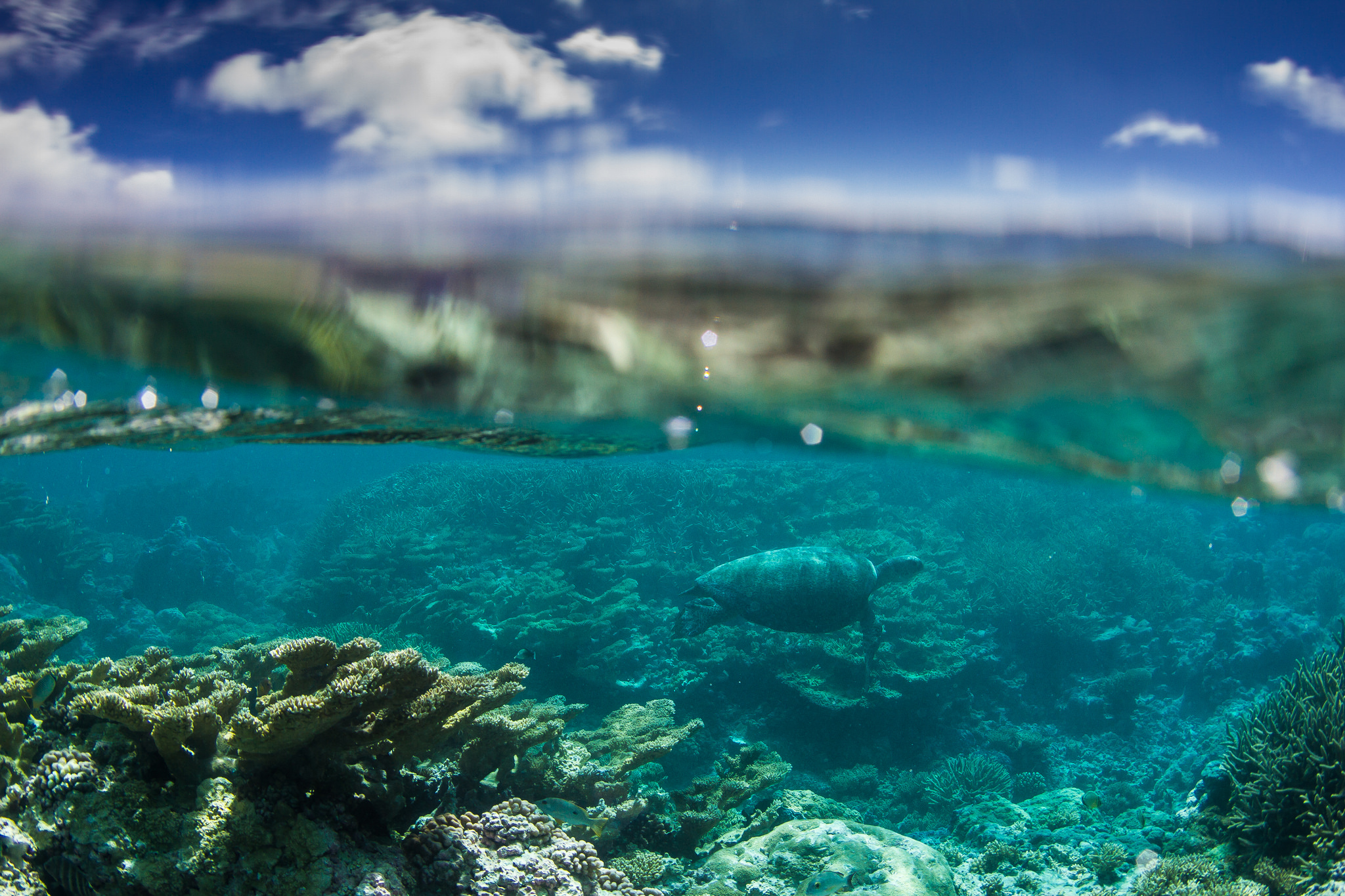
Read more about Dateline’s coverage at The Wrap.
Featured Image: Palmyra Atoll. Andrew Wright
Check out other journal entries we think you might be interested in.

October 29, 2025
Astounding evidence of recovery on Ulong Island in Palau after just one year!
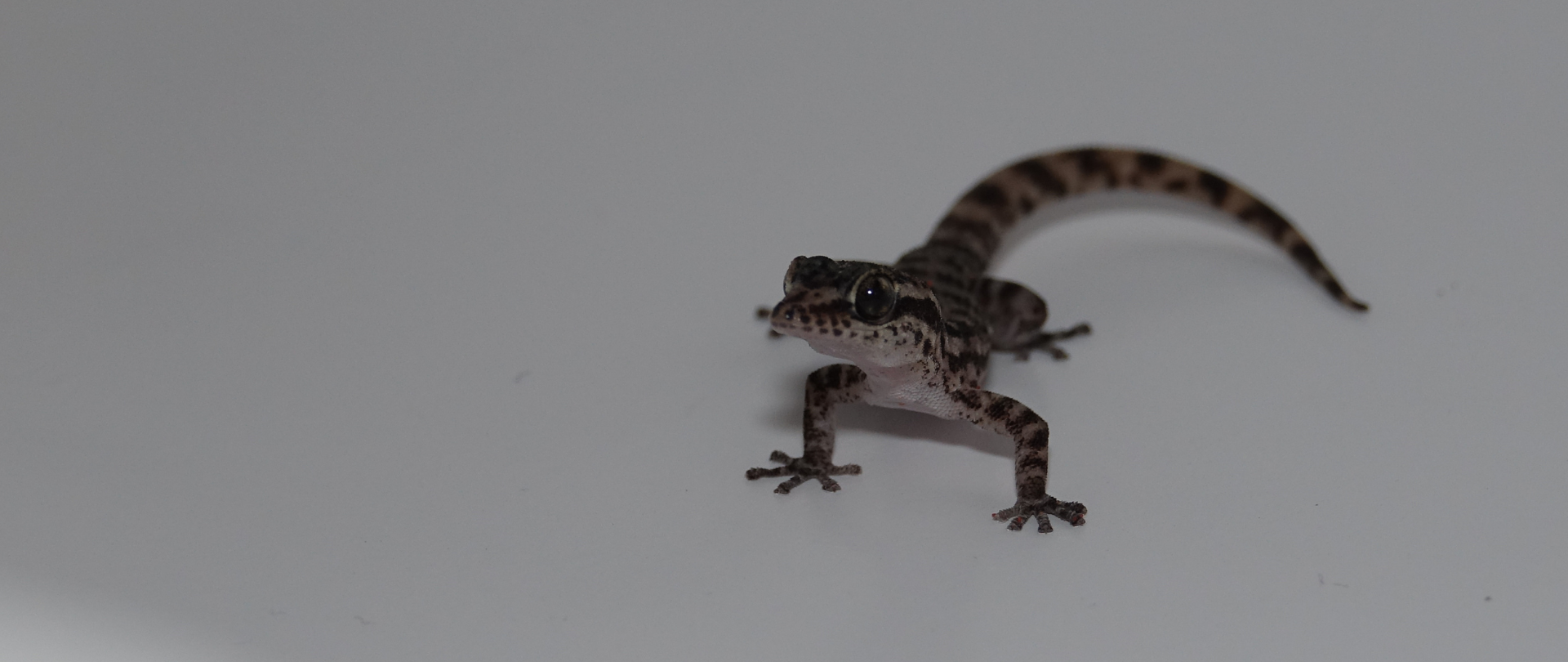
July 22, 2025
A species once thought extinct just made its comeback. A study published in PLOS ONE confirms the Leaf-toed Gecko has been rediscovered on Rábida Island in the Galápagos.

July 17, 2025
Great news from Tuvalu--our projects to restore Nukufetau Atoll, Tepuka, and Falefatu were successful!

June 17, 2025
Two new islands join the Island-Ocean Connection Challenge, linking terrestrial and marine conservation for maximum impact!
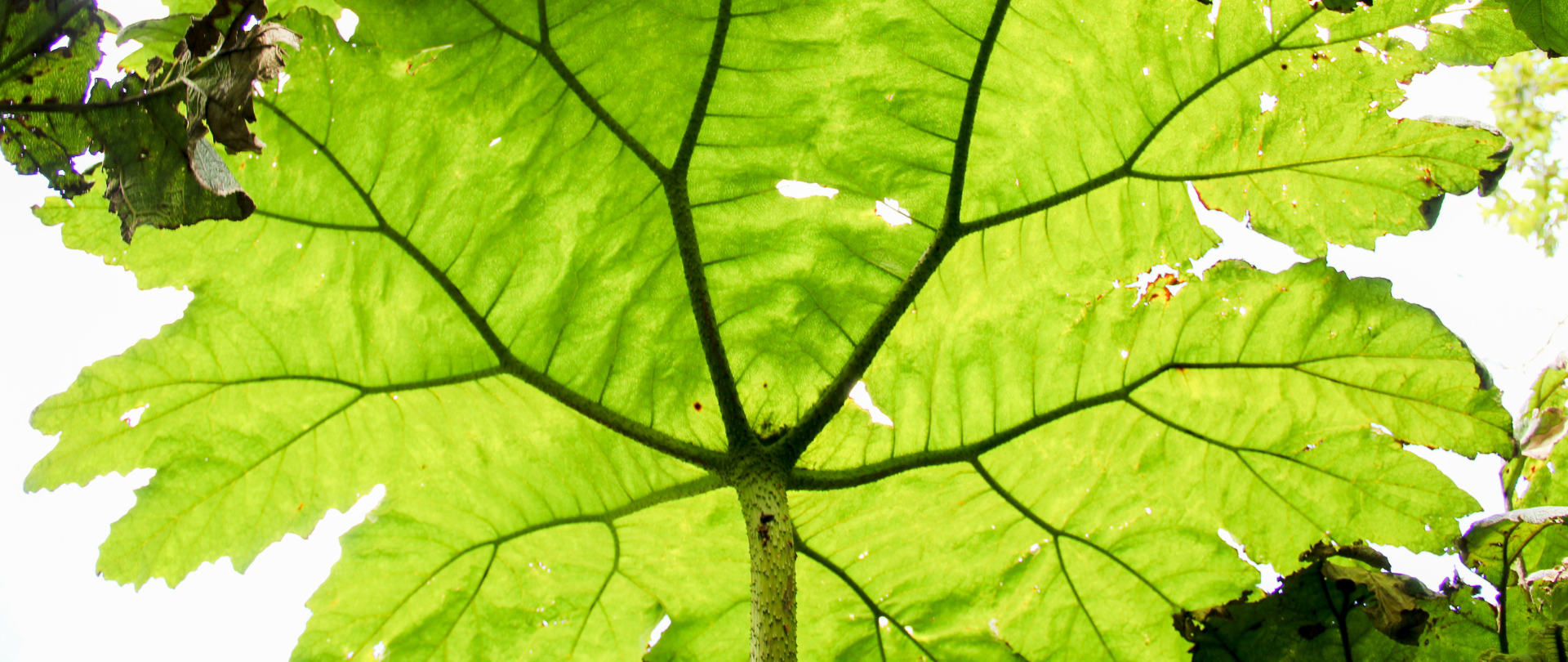
June 13, 2025
Our partner Conservation X Labs has joined the IOCC, committing to deploying transformative technology to protect island ecosystems!
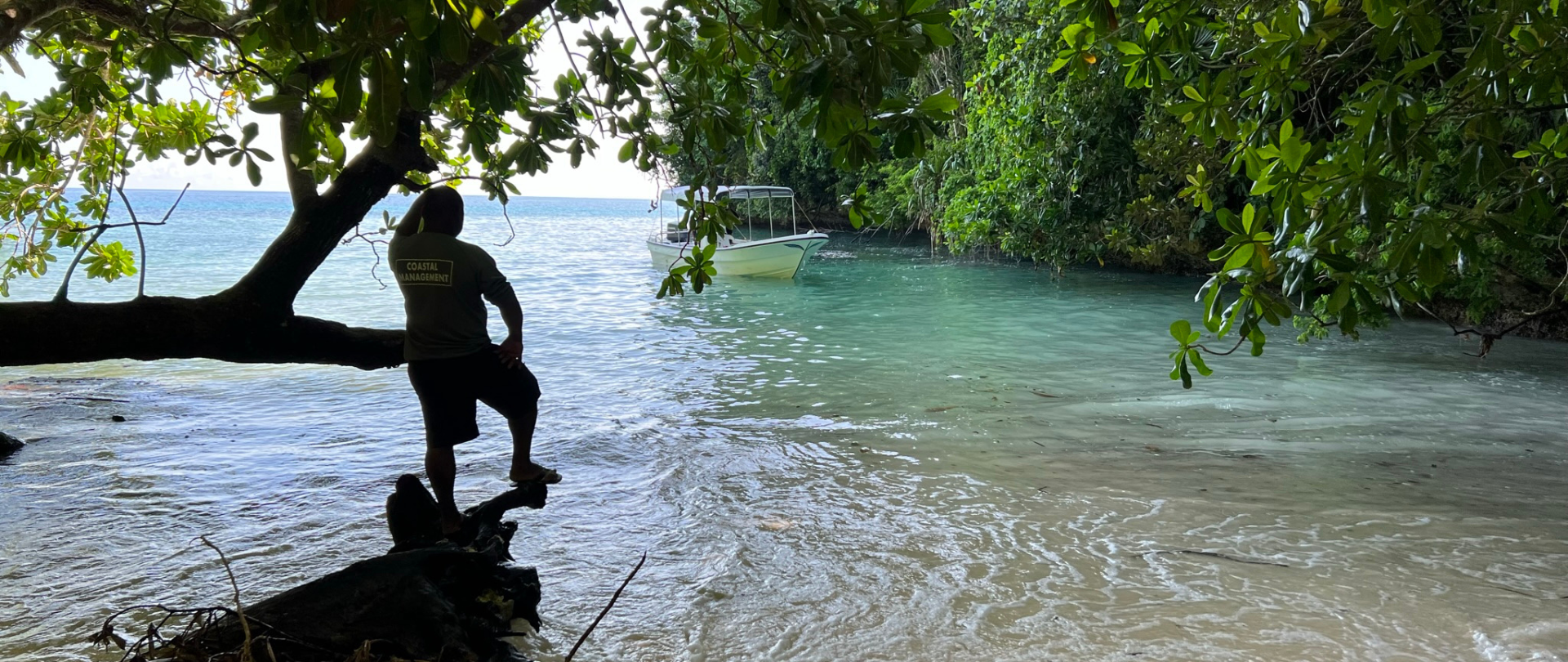
May 19, 2025
Read our position paper on The 3rd United Nations Ocean Conference (UNOC 3) to see why we're attending and what we aim to accomplish!
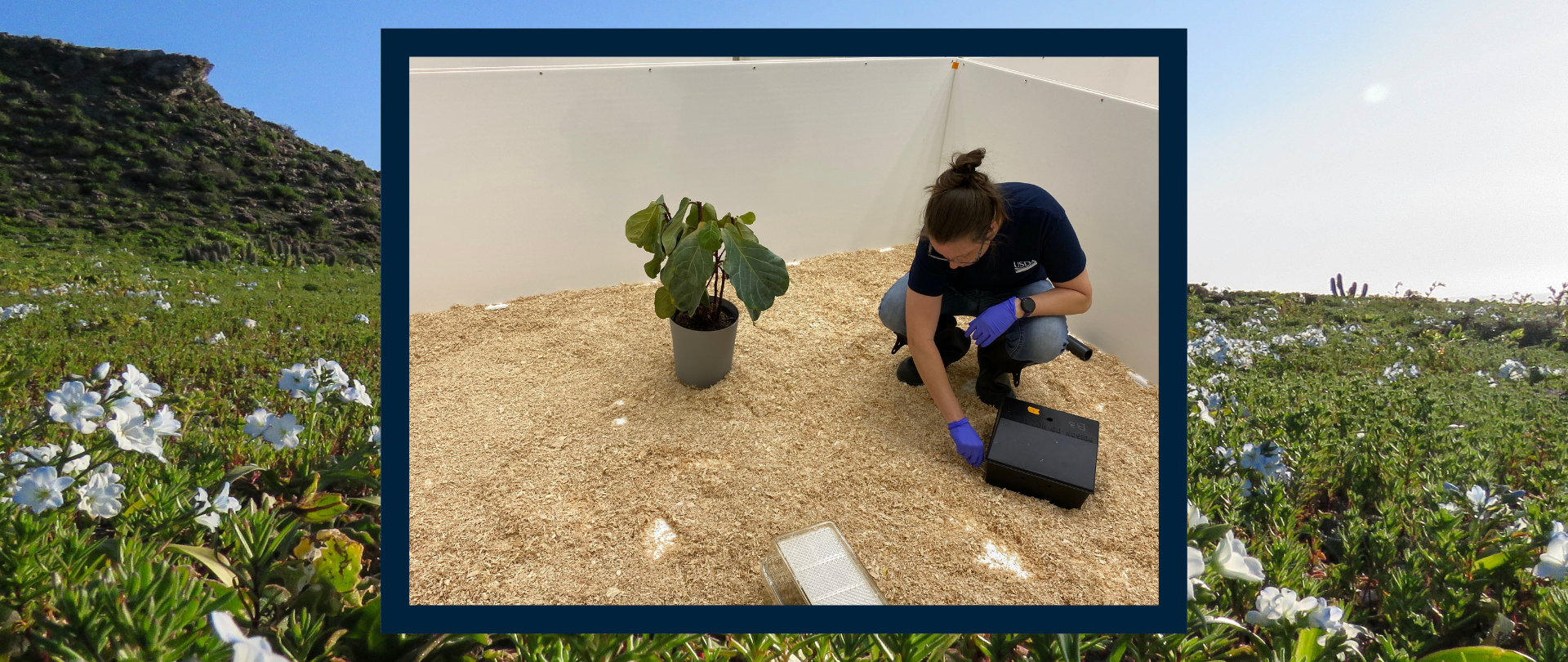
March 11, 2025
New environmental DNA technology can help protect vulnerable island ecosystems from destructive invasive species.
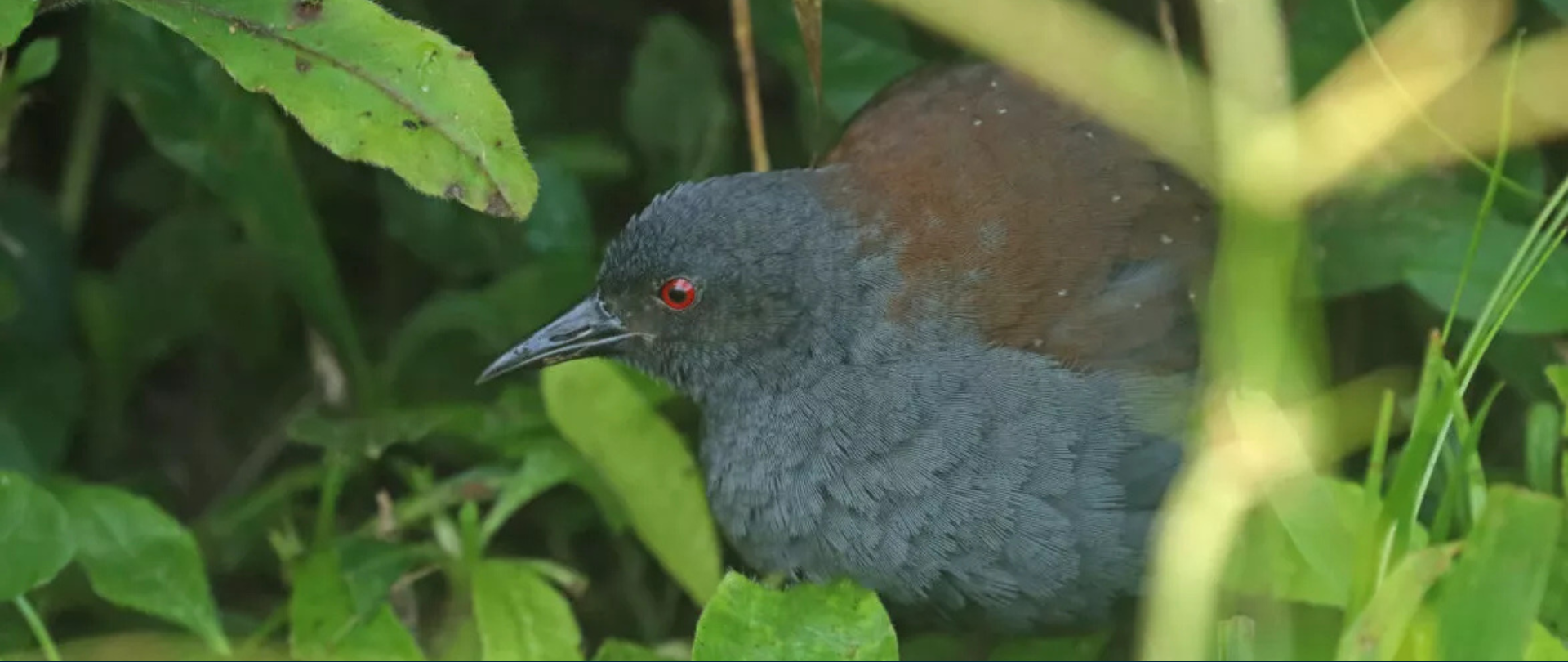
February 27, 2025
A locally-extinct species of ground-dwelling bird was found on Floreana Island!
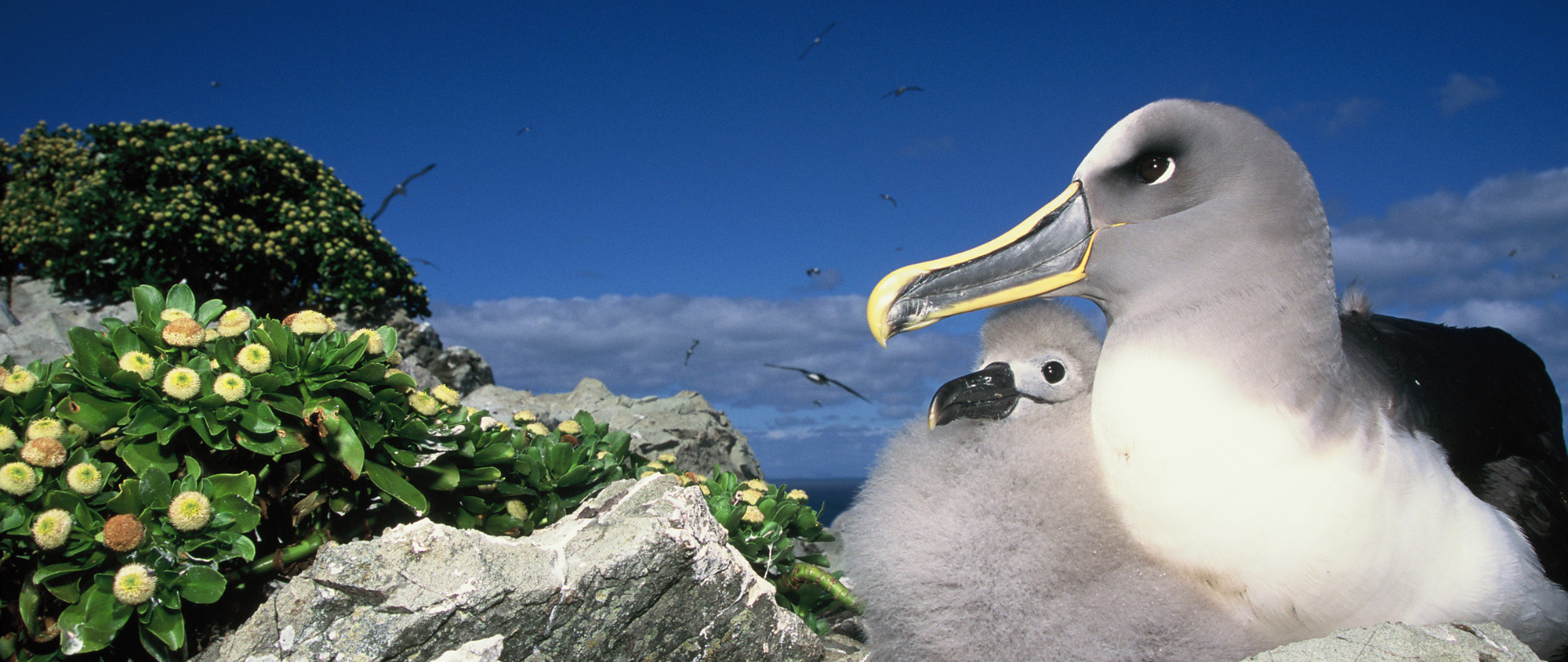
February 20, 2025
February 20, 2025, Bluff, New Zealand – The international conservation initiative, Island-Ocean Connection Challenge (IOCC), led by Island Conservation, Re:wild, and UC San Diego’s Scripps Institution of Oceanography, proudly welcomes three of New Zealand’s most ecologically rich islands into its…